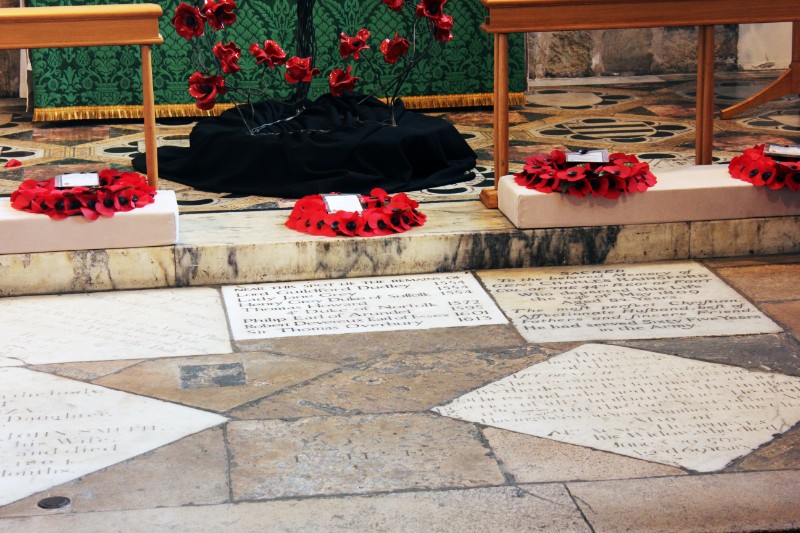The blindfolded young queen fell down on her knees and with outstretched arms, vainly searched for the block upon which she would place her head. In darkness she cried, “What shall I do? Where is it?”
The ladies-in-waiting, the executioner, the Tower officials, the gilded gentry and the priest froze in consternation as they watched the heart-wrenching scene unfolding before their eyes. Finally, a gentle soul guided her hands to the block. Commending her soul into the Lord’s hands, she drew her last breath. The sharp axe fell swiftly on the neck of the young lady who had “wandered lonely as a cloud that floats on high o’er vales and hills” on the gentle lands of England.
But the shame and chagrin of the crime of judicially killing an innocent child descended on the party with the ferocity of a winter squall. They left the scene ignominiously as the queen’s head lay on the scaffold in a welter of reproachful blood under a cast-iron sky.
Bloody Mary had drawn the first blood of her crimson reign.
The victim, Lady Jane Grey, was the eldest daughter of Henry Grey, Duke of Suffolk, and the great-granddaughter of Henry VII. Jane had the crown placed on her unwilling head after the death of her cousin, the Protestant King Edward VI, son of Henry VIII. (She was actually fifth in line to the throne, but this was his personal choice as she was a Protestant.) Lady Jane’s parents and ambitious relatives used anti-Catholic sentiments to place the crown on her uneasy head only for nine days before Edward’s half-sister, Mary, triumphed in this bloody game of thrones.
Jane was extraordinary by all standards: fluent in Greek, Latin and Hebrew, she also spoke perfect French and Italian. Learned beyond her years, she could quote verses from both Testaments and discuss Plato and Aristotle with scholars. Oblivious to the trap set by fate and history, she led a contemplative life redolent with intellectual desires and pleasures embedded in her boundless curiosity, affection and humanity.
Lady Jane was the quintessential Renaissance philo-Semitic Hebraist. To understand the importance of Hebrew in the opening of the European mind, considered by Johann Reuchlin as the language “God spoke with his Angels,” we have to remember that Erasmus, Luther, Calvin, many popes, cardinals and philosophers also spoke and wrote in the Israelite language. Luther, in a rare moment of lucidity, went so far as to say that “Christ was Jewish” and that his language was supreme.
Lady Jane’s Protestantism was solidly based on the Old Testament: Israelite Apocrypha relating to injunctions about “gods of gold, silver, wood, and stone” was invoked by the young princess against the Catholic practise of venerating sacred objects, and she considered the ceremony of the consecrated wafer “abominable.”
The “word” as written in the Hebrew Bible was the foundation of her faith, and she considered the new faith to be the continuation of the old one. She was no anti-Jewish “supersessionist” in an England that had banished the Jews.
The day of her execution, she watched from her cell the beheading of her husband. Waiting for her turn, she opened her Bible to the story of the song of Daniel’s friends set ablaze in a furnace and to the tale of the old man Eleazar being flogged to death, in the Book of Maccabees, for refusing to break with Jewish dietary laws as examples of divine suffering. She also drew comfort from another queen who had faced death in her decision to speak to the king to save her people from destruction. Lady Jane read Queen Esther’s prayer and walked solemnly to the scaffold to meet her maker.







